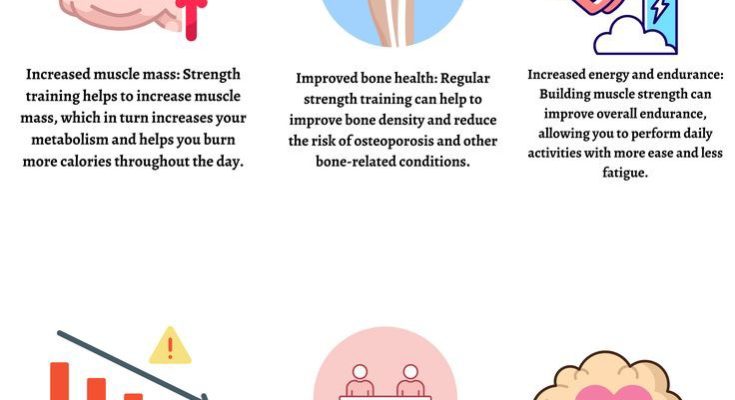Building muscle and bone density is important for overall health and longevity. But what’s the best way to achieve this? Strength training. In this blog post, we’ll explore the benefits of strength training and provide a guide to getting started. With a consistent strength training routine, you can build muscle and bone density, improve your health, and feel more confident in your own skin.
Strength training is a type of exercise that focuses on increasing muscle strength and endurance. The aim is to challenge your muscles and make them stronger. This training can be done with weights or bodyweight exercises, in the gym or at home. The benefits of strength training abound from improved bone health, increased muscle mass, better balance, and burning more calories to improving your overall fitness.
Bone density is a measure of the strength and density of your bones. Bone density is measured using a test called a DEXA scan, which uses low-dose X-rays to determine the amount of mineralized bone in your body. Your bone density can decrease as you age but there are ways to slow the process and even increase non-density through exercise and a healthy diet. And that is one thing we will show you in this blog post. An unhealthy bone density score can help reduce the risk of fractures and osteoporosis.
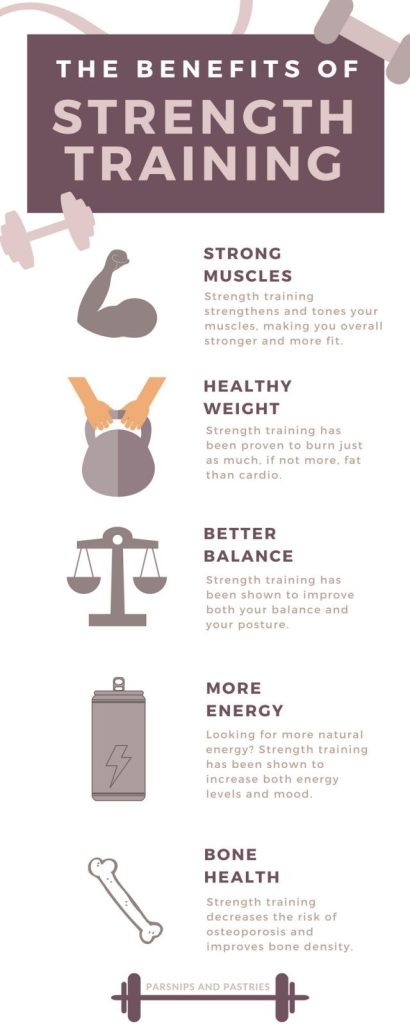
Benefits of Strength training for building muscle and bone density
There are quite a lot of benefits to incorporating strength training into your fitness routine. It is none of the best ways to increase bone density and build muscle.
- Increased bone density and muscle mass: When you perform strength training exercises, like lifting weights or using resistance bands, you put stress on your bones and muscles. This stress signals your body to create new bone tissue and muscle fibers, which helps to increase bone density and muscle mass.
- Improves balance and coordination: Strength training can improve balance and coordination, which can further reduce your risk of falls and injuries.
- Reduces risk of falls and fractures: When you perform strength training exercises, there is an improvement in balance and coordination, this improvement helps reduce the risk of falls and fractures.
- Improves cardiovascular health: When you engage in strength training exercises Your heart rate increases and helps to improve your heart’s ability to pump blood throughout the body. This reduces the risk of cardiovascular disease and stroke.
- Lowers blood pressure: Strength training increases the size and strength of the heart, making it more efficient at pumping blood. This reduces the amount of work the heart has to do, which in turn lowers blood pressure. It also helps to reduce the amount of hormones that cause blood pressure to rise, such as adrenaline and cortisol.
- Lowers blood sugar level: Strength training helps to increase the body’s sensitivity to insulin, the hormone that regulates blood sugar levels. It also helps to increase the number of mitochondria, the powerhouses of the cells, which also helps to improve the body’s ability to use sugar for energy.
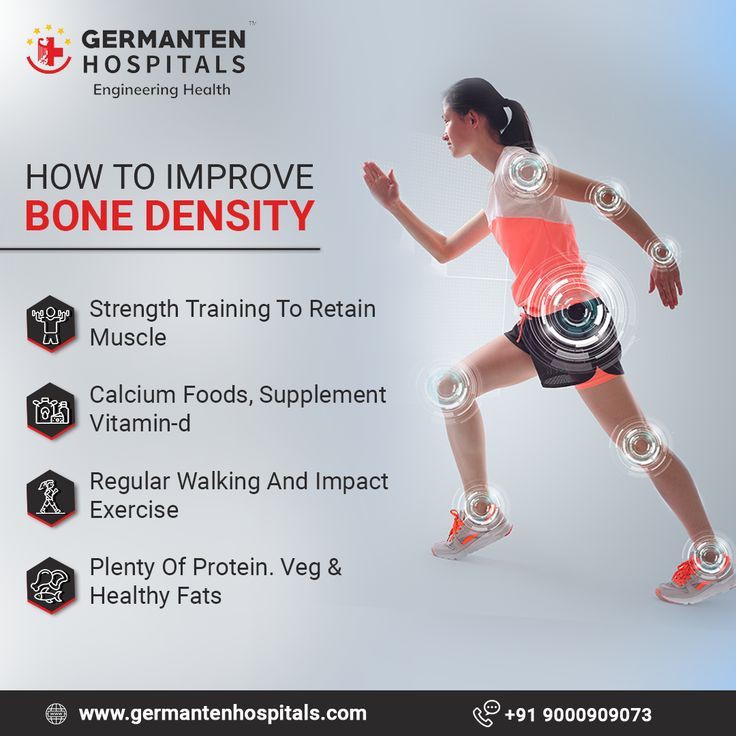
Why is strength training important for muscle and bone health especially as we age
There are several reasons why strength training is so important, especially as we get older. A Few of these reasons include.
- Strength training can help to increase bone density, which is critical for preventing osteoporosis.
- Strength training also helps to preserve muscle mass, which tends to decline as we age.
- Strength training has been shown to improve balance and coordination, which can reduce the risk of falls and injuries.
- Strength training can improve sleep quality, boost energy levels, and even improve mood.
How does strength training work
When you lift weights, it causes microtears in your muscles. As the muscles repair themselves, they grow stronger and larger. And when you challenge your muscles with resistance, it triggers a process called osteogenesis, which stimulates the formation of new bone tissue. So strength training doesn’t just make your muscles bigger and stronger, it also strengthens your bones. But it’s important to use proper form and not overdo it, to avoid injuries. Also, combining strength training with a balanced diet rich in protein, calcium, and vitamin D is crucial for optimal results.
Strength training Tips for beginners
If you’re just getting started with strength training, here are a few tips to keep in mind.
- Start with lighter weights and focus on form first. You can always add more weight later.
- Make sure you warm up properly before each workout and cool down afterward. This can help prevent injuries and allow your muscles to recover.
- Don’t forget to breathe! Exhale on the effort, and inhale on the rest.
- Don’t push yourself too hard. Listen to your body and go at a pace that’s comfortable for you.
- Don’t forget to stretch. This is important for flexibility.

Common mistakes to avoid while strength training
There are a few mistakes people make while strength training. Below are a few, so you can avoid making them too.
- Don’t ego lift: This means lifting weights that are too heavy for you and compromising your form. This could cause injuries and unnecessary stress to your bones.
- Don’t compare yourself to others: Everyone is at a different stage of their fitness journey. Focus on yourself and your own progress. Nobody is on the same path as you, do it at your pace but work as hard as you should.
- Be consistent: The best results come from regular, consistent strength training. Even if it’s just a few times a week, consistency is key. Even though it is something we do not like to hear, get consistent.
- Not challenging yourself enough: If you can easily complete more than 12 reps of an exercise, it’s time to increase the weight. Challenge yourself more, don’t shy away.
- Not resting enough between sets: Allow for at least 60-90 seconds of rest in between sets to allow your muscles to recover. Do not try to test strength or manpower by continuously working to avoid serious muscle problems. Take rests in between and allow your muscles to rest and recover.
- Not tracking your progress: It’s important to track your workouts and progress so you can see how you’re improving over time. No matter how little they are, try your progress every time.
- Not focusing on your nutrition: Proper nutrition is just as important as strength training when it comes to building muscle and strength. Strength training combined with proper nutrition will give you the best results. You also need proper nutrition to focus and build muscles and bone density.
- Lack of variety in your workouts: Mixing up your workouts is important for keeping your body challenged and avoiding plateaus. Try different types of exercises, rep ranges, and rest times to keep things interesting.
Sample Strength training workouts
Here are a few sample workouts that you can do at home or in the gym. This workout is designed to work the major muscle groups in your body, and you’ll need just a few basic pieces of equipment, like dumbbells or kettlebells, and a bench or chair.
- Bodyweight workouts: This workout uses only your body weight, and can be done anywhere. It includes exercises like squats, lunges, push-ups, and planks. To practice: First, start with a warm-up by doing some light cardio, like jumping jacks or jogging in place, for 5-10 minutes. Then, do the following circuit:
- 10 squats.
- 10 push-ups.
- 10 lunges (each leg).
- 10 crunches.
Repeat this course 2-3 times, resting for 1 minute in between each round. After you’re finished, do a cool-down by stretching your muscles for 5-10 minutes.

- Resistance band workout: Resistance bands are an affordable and portable way to strength train. This workout includes exercises like bicep curls, shoulder presses, and chest presses. To practice: First, warm up, start by doing some light cardio for 5-10 minutes, and then follow this circuit.
- 10 bicep curls.
- 10 overhead presses.
- 10 triceps extensions.
- 10 lateral raises.
- 10 squats with the band around your thighs.
- 10 glute bridges with the band around your thighs.
Repeat this circuit 2-3 times, resting for 1 minute in between rounds. And then cool down by stretching for 5-10 minutes.
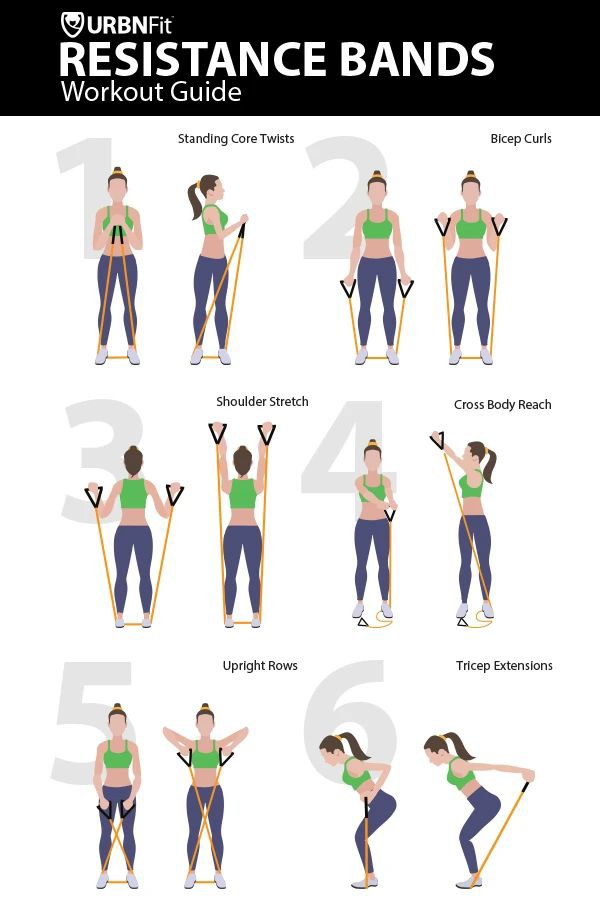
- Dumbbell workout: This workout uses a pair of dumbbells and includes exercises like deadlifts, bench presses, and bent-over rows. To practice: Warm up with some light cardio and dynamic stretches. Then, complete this circuit:
- 10 deadlifts.
- 10 bench presses.
- 10 bent-over rows.
- 10 shoulder presses.
- 10 lateral lunges (each leg).
- 10 standing calf raises.
Repeat this circuit 2-3 times, resting for 1 minute between rounds. Cool down by stretching your muscles for 5-10 minutes.
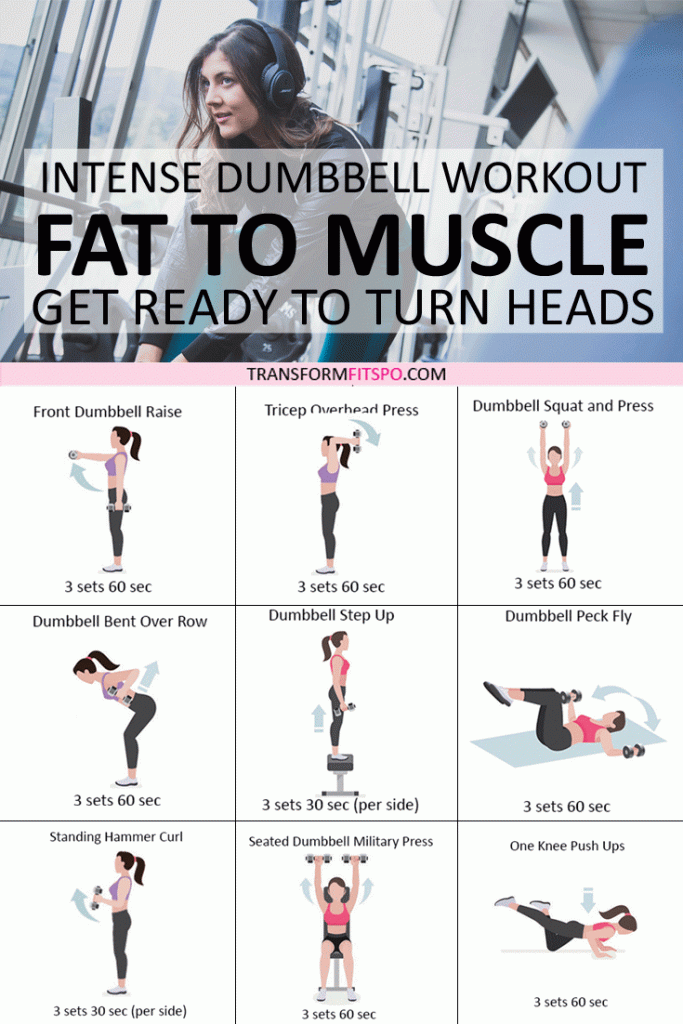
- Kettlebell workout: Kettlebell workout uses kettlebells, a type of iron cast weight that looks like a cannonball with a handle. It includes exercises like swings, goblet squats, overhead presses, cleans, lunges, and twists. To practice: Start by warming up with 5-10 minutes of light cardio and dynamic stretches. Then, perform the following circuit:
- 10 swings.
- 10 goblet squats.
- 10 cleans.
- 10 triceps extensions.
- 10 overhead lunges (each leg).
- 10 Russian twists.
Repeat this circuit 2-3 times, resting for 1 minute between rounds. End with a cool-down of 5-10 minutes of stretching.
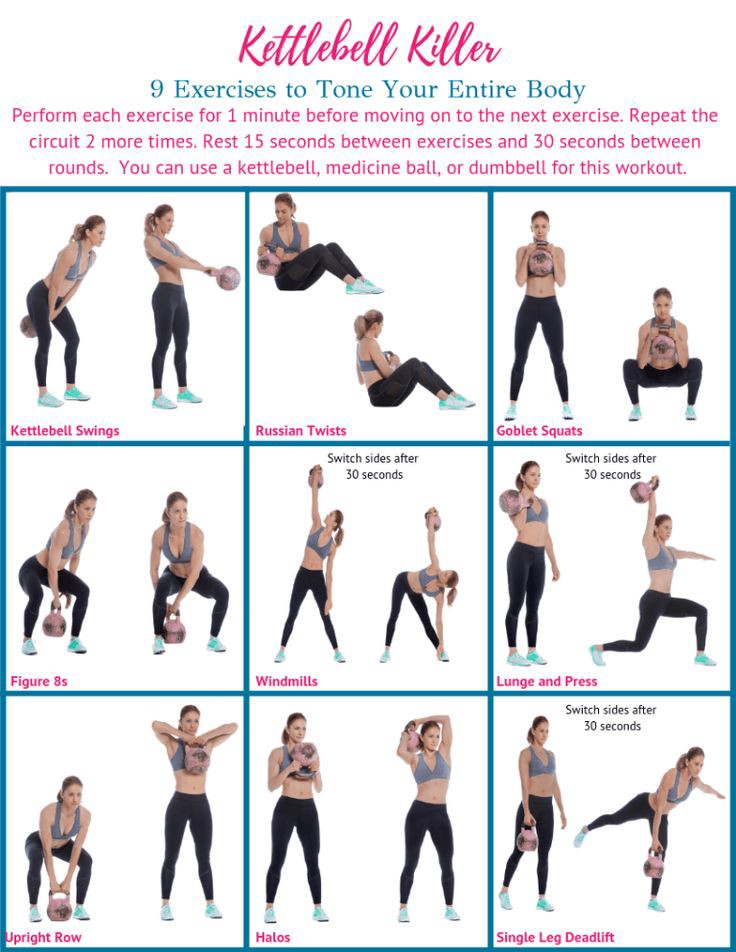
Conclusion
Strength training for building muscles and bone density is important. It has a lot of enticing benefits too.
Combine strength training with proper nutrition, and a balanced diet that should contain vitamin D, calcium, and protein. Combine quality sleep and make the most out of your workouts.
Was this helpful?
Leave a comment.
